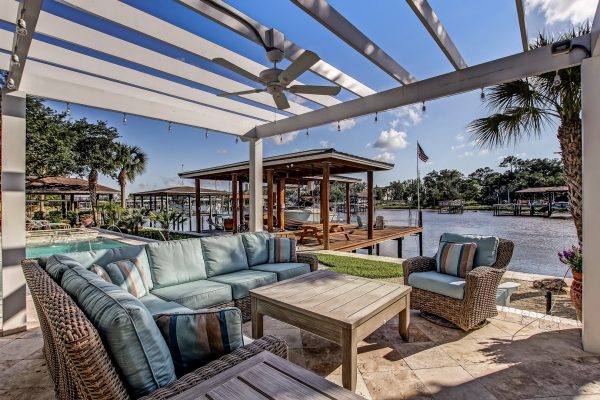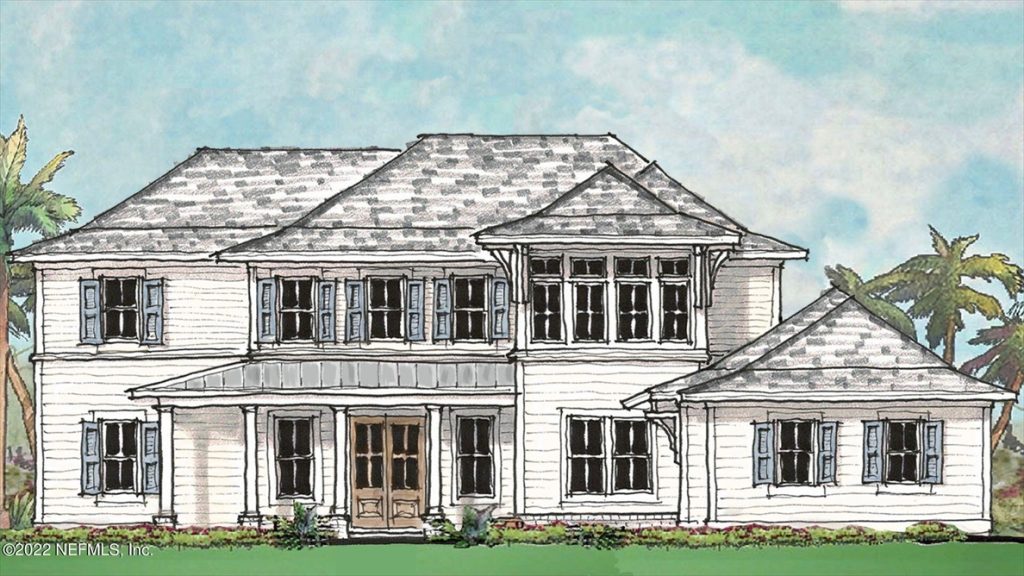Pro and cons of outdoor furniture material for your coastal lifestyle

Metals tend to be a good investment as they are very durable and can take some harsh punishment from rain, wind, and sunlight. The two most common metals used in outdoor furniture are steel and aluminum. Steel is perhaps the most durable material in this pros and cons list. It won’t warp or fade in sunlight, won’t be blown away easily, and if properly treated can last for year. Steel is also very heavy and could be a challenge to move. Steel can also rust if it is not treated properly so you will have to watch out for wear and tear or your furniture will rust.
Aluminum is quite durable and will resist the elements with ease. Aluminum is light weight, won’t fade or weather, and will last for a very long time. Aluminum is also rather expensive; so be prepared to encounter some sticker shock … but the extra price means extra quality.
Natural material have a lot to offer, first and foremost natural material are a key element to the coastal lifestyle and will bring a unique charm to your home. Wicker furniture is a crucial element in most coastal designs as the material is durable yet very light weight. Wicker should be treated if it is left outside to make sure it continues to remain durable. Wicker furniture tends to take up a lot of space, but a large outdoor space is only one of the advantages of expanding your living space outside.
Wood is one of the most versatile material as it can be treated a number of different way, can be constructed into almost any design, and can be rather sturdy. Wood does not hold in heat the way metal does. So a wooden seat that has been sitting in the sun all day long will not be overly hot to the touch. Wood will weather and needs to be regularly re-stained and re-sealed.
Plastic furniture has made large strides since the day of flimsy lawn chairs and there are quite a lot of good options out on the market. Plastic furniture has a much lower price than other material, can come from recycled sources, and sets tend to be made to be stacked for easy storage. Plastic is still plastic, and will wear out over time and need to be replaced. We are starting to see some of the manufacturers of the composite decking material beginning to offer outside furniture in the same material. This is wonderful option, but also has a high price tag.
Use the pro’s and con’s when making your next outdoor furniture purchase. Figure out what material is right for you and your coastal lifestyle. Don’t just live on the coast, live the lifestyle.
Tags: custom homes jacksonville fl, Glenn Layton Homes, Green Tips, home staging, Jacksonville BeachCategorized in: New Home Tips
This post was written by Glenn Layton Homes














